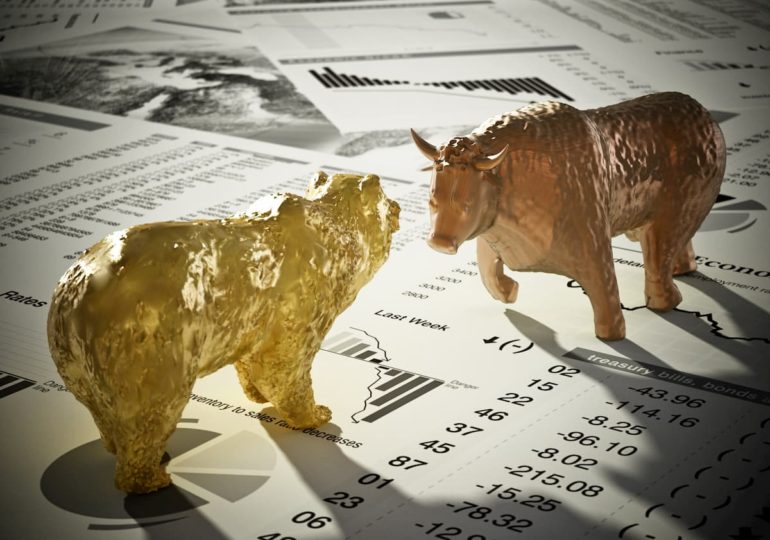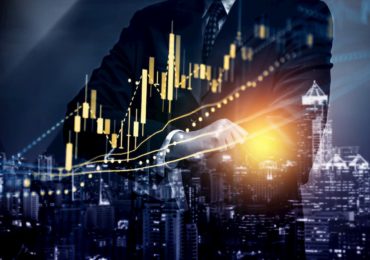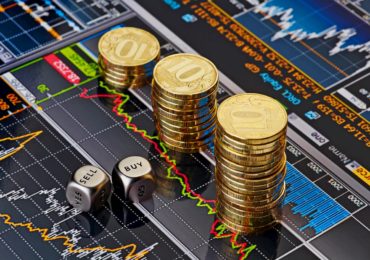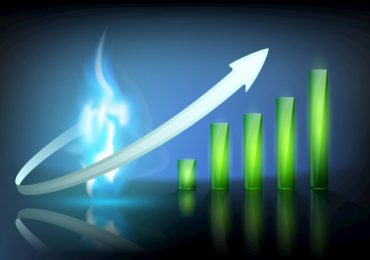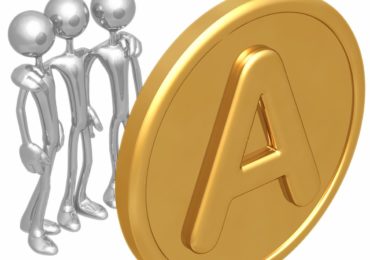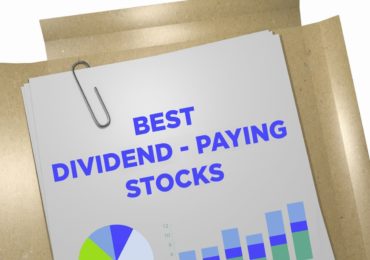There are various terminologies involved in trading, and every keen trader and newbie may have stumbled on them. When one has this knowledge, understanding the usage or application of these terms won’t be an issue. As a trader, you may have come across a certain expression like a “bullish vs bearish market”. This expression describes the direction of the market at a given time, and every trader must understand it in order to steer through the various market conditions.
Understanding the direction of the market is one of the essential pieces of knowledge every trader should have under his belt. So, without further ado, let’s dig in and find out more about bullish vs bearish sentiments.
Bullish Vs Bearish: Origin of the Terms
The truth is, there is no certainty about the origin of these terms. Different theories surround them, but no specific conclusions have yet been reached. The popular opinion is that each animal has the same movement as that on the line graphs or charts. For instance, when a bull fights, it moves its horns upward and forwards, whereas bears attack by swinging their claws downwards.
The second theory is associated with English merchants who tried to predict the price of bearskins before the bears were killed. This happened because they anticipated that the market price would become lower before the skins were delivered to them; when their predictions played out, it yielded more profit for them.
Bullish Vs Bearish: Meaning
What is a Bull Market?
A bullish market condition exists when the prices of currencies, commodities, indices, futures or metals are rising or are anticipated to move up. Expectation, optimism and investor confidence are the significant characteristics of a strong bullish market. The market condition could be long term or short term depending on the circumstances. Sometimes, traders experience difficulty in predicting trends as a result of their behaviour or psychology.
When a country’s economy is moving out of a bad condition or is doing well, the market will become bullish. For example, a rise in gross domestic product (GDP) will make the price of a particular currency go up. Also, when interest rates or unemployment statistics are positive, the market tends to go bullish. More so, the theory of demand and supply apply here. When there is a strong demand and weak supply, the price of a currency or commodity will rise because investors are more willing to buy than to sell.
What is a Bear Market?
This is the exact opposite of a bull market. The price of currencies or commodities are on the declining side and have a generally pessimistic view. At this point, traders enter into sell trades mostly in a bid to recover from losing buy positions. Bad economic conditions such as a low employment rate could cause this type of market sentiment. Also, traders’ behaviours and psychology happen to change market sentiments from positive to negative and vice versa.
When a larger number of traders are pessimistic about a certain instrument, it pushes them to sell it off with the expectation of a price decline. This, of course, pushes the price downwards. During this period, other traders tend to panic and join the sell trend as well. However, this trend will be reversed when speculators spot that the price is at a low level and begin to retake bullish trades.
Bullish Vs Bearish: Characteristics
There are characteristics that are peculiar to a particular market sentiment, and we will be taking a look at them in this section.
Bull Market Characteristics
- These sentiments are usually seen when an economy is strong or gaining strength.
- They often occur when the unemployment rate is low as well as there being an increase in the GDP. Also, corporate profits increase at this point.
- Investor confidence is on the high side during this period.
- Overall, there is positivity in stocks demand and market tone.
- The bull markets also witness a rise in the quantity of Initial Public Offers within the duration.
Bear Market Characteristics
- The weakening of investor confidence prompts market sentiments to go bearish.
- The supply of assets becomes higher than the demand, and this causes a decrease in share prices.
- Economic cycle and investor psychology have important roles to play in dragging the market to the bearish side.
- Bear markets happen as a result of weak economies because most businesses will be unable to record massive profits since customers aren’t spending as much as they used to.
- Losses are most often recorded because the prices of commodities are consistently losing value.
How to Trade Each Market
When the market is on the bullish side, every investor should take advantage of the price increase by buying instruments or assets at the beginning of the trend. As the prices get to their pick, they can sell off the assets and take the profit.
Often, the losses recorded in this trend are minor and temporary, so an investor could confidently put in money because the chances of winning are higher.
However, the bear market comes with greater loss chances because there is a continuous loss of price value. On a regular basis, no one knows when the prices are going to reverse. So, if you anticipate a reversal and decide to invest, there is a high tendency that losses will be incurred before it eventually upturns. Thus, if you wish to be profitable within this period, we advise that you take short sell positions or make safer investments such as fixed-income securities.
At this point, most investors choose to go for defensive stocks since their performances are rarely affected by the trend changes in the market. Therefore, they are stable whether the economy is booming or not. The government owns the majority of these stocks and people prefer to invest in them irrespective of the economic condition.
Final Thought
We want you to note that the position of the market influences your investments to a large extent, so we advise that you take the time to find out the trend before making an investment decision. Knowing the meaning and application of the terms will help a great deal as you kickstart your trading career.


